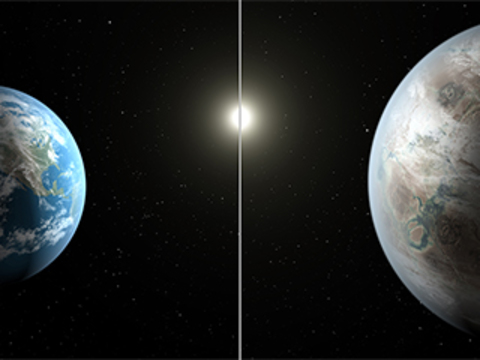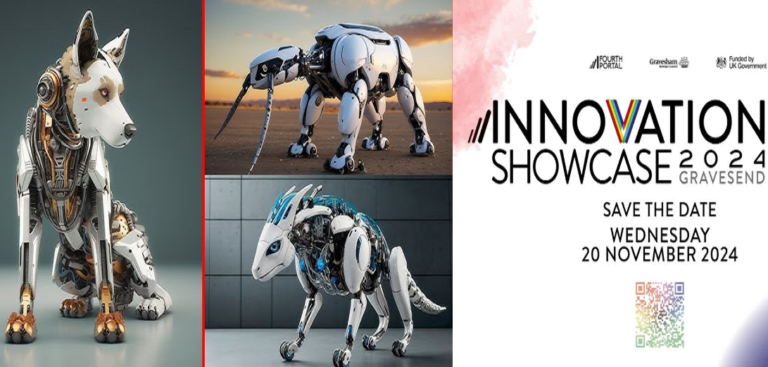Rather than focusing solely on the habitable zones of nearby stars, which are defined as the areas around a star where liquid water could potentially exist, astronomers are now exploring a more nuanced and careful approach in their search for signs of life. A recent paper suggests that instead of solely considering the potential for life, we should also consider the potential for computation.
Life can be defined as a series of computations that manipulate information. DNA stores the information while various proteins perform the computations. By being able to store information and interact with its surroundings, life undergoes natural selection, leading to increasingly complex arrangements.

Conventional searches for life concentrate on our understanding of life based on Earthly context, such as organisms living on a planet at the optimal distance from a star with liquid water as a solvent for chemical reactions. However, there may be more intricate and diverse forms of life beyond our imagination. Life could use alternative solvents, live underground in frozen outer moons, or even exist without a star. Additionally, biological systems could give rise to technological systems that might not meet our present definition of life but could be considered alive in their own unique way.

A pair of researchers are proposing a new approach to the habitable zone concept by using a more fundamental concept of computation. According to them, the best chances of finding signs of life are in areas where there is easy access to computation. These “computational zones” require three characteristics: the capacity for computation, a raw form of energy, and a substrate for computation.
The traditional concept of habitable zones can now be considered a subset of the larger concept of computational zones. While life as we know it on Earth involves computation, this new framework expands our understanding of life and allows us to develop search strategies for other forms of life beyond our current understanding. For example, by studying individual systems from a computational perspective, we could identify which systems might be suitable for artificial energy-gathering structures such as Dyson spheres. Alternatively, we could explore how gas clouds around sub-stellar structures could meet the conditions necessary for computation, and therefore the conditions necessary for a broader definition of life.
The search for life in the universe is in its early stages, and it’s important to keep an open mind, as the authors emphasize.















